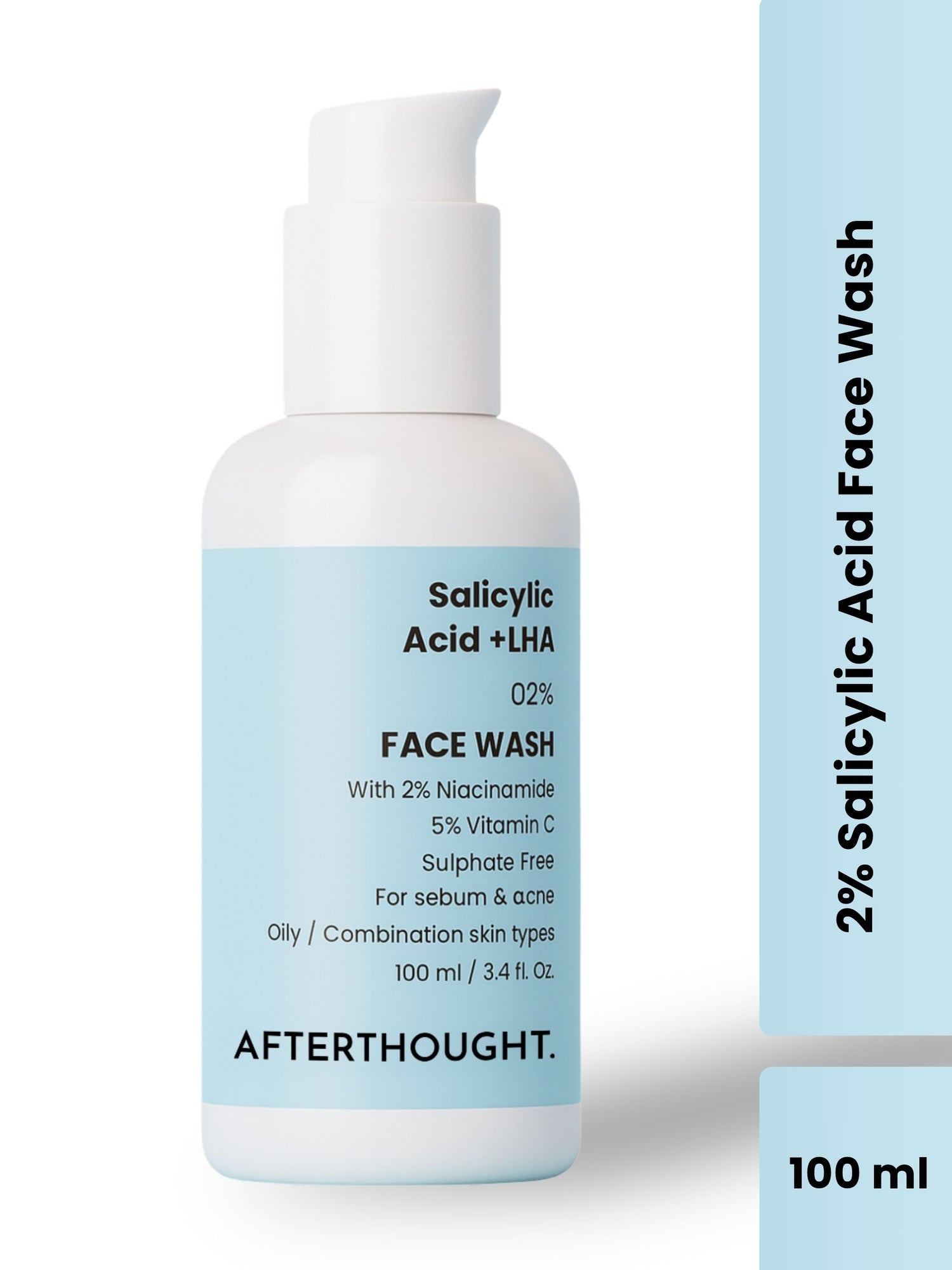Is Derma Roller Effective for Hair Regrowth?
Afterthought Wellness Private LimitedHair loss is a common concern affecting millions worldwide. Whether caused by genetics, hormonal changes, stress, or lifestyle factors, thinning hair can significantly impact one’s confidence and self-image. Over the years, various treatments have emerged, ranging from medications to surgical procedures. However, one method that has gained significant traction is derma rolling.
Derma rolling, also known as microneedling, is a technique that involves using a roller with tiny needles to create micro-injuries on the scalp. This process is believed to stimulate hair follicles, improve blood circulation, and enhance the absorption of topical treatments. But how effective is it really? Let’s delve deeper into the science behind derma rolling, its benefits, proper usage, and potential risks.
Understanding Derma Rolling and Its Mechanism
Derma rolling works on the principle of controlled injury. The tiny needles on the roller penetrate the scalp, triggering the body’s natural wound-healing process. This leads to increased collagen production, which plays a crucial role in maintaining healthy skin and hair follicles.
Moreover, microneedling activates dormant hair follicles by promoting vascularization, ensuring better nutrient and oxygen delivery to the hair roots. It also enhances the absorption of hair growth serums and topical treatments, making them more effective.
The Science Behind Derma Rolling for Hair Growth
Several studies have explored the efficacy of microneedling in treating hair loss. One notable study conducted in 2013 compared the effects of microneedling combined with topical hair growth treatment versus using the topical treatment alone. The group that incorporated microneedling showed significantly greater hair regrowth compared to the other group.
Another study in 2018 found that microneedling could effectively treat androgenetic alopecia (pattern baldness) by increasing the expression of growth factors such as platelet-derived growth factor (PDGF) and vascular endothelial growth factor (VEGF). These factors play a crucial role in hair follicle regeneration and scalp health.
Benefits of Derma Rolling for Hair Regrowth
1. Stimulates Collagen Production
Collagen is essential for maintaining the structural integrity of the scalp. Microneedling boosts collagen synthesis, which strengthens hair follicles and promotes a healthier scalp environment.
2. Increases Blood Circulation
Poor blood circulation can lead to weakened hair follicles and excessive shedding. Derma rolling enhances blood flow to the scalp, ensuring that hair follicles receive essential nutrients for optimal growth.
3. Activates Dormant Hair Follicles
Microneedling has been shown to reactivate hair follicles that have entered the resting phase (telogen). This can be particularly beneficial for individuals experiencing early-stage hair thinning.
4. Enhances Absorption of Topical Treatments
Many people use hair growth serums or essential oils to combat hair loss. Derma rolling increases the scalp’s permeability, allowing these treatments to penetrate deeper and work more effectively.
5. Cost-Effective Alternative to Other Treatments
Compared to surgical procedures and long-term medication use, derma rolling is a relatively affordable option that can be performed at home or in clinical settings.
How to Use a Derma Roller for Hair Growth
Choosing the Right Needle Size
Derma rollers come in various needle sizes, typically ranging from 0.25mm to 1.5mm. For scalp microneedling, the recommended needle size is between 0.5mm and 1.0mm. Needles shorter than 0.5mm may not penetrate deeply enough, while those longer than 1.5mm can cause excessive discomfort and potential damage.
Step-by-Step Guide to Using a Derma Roller
- Cleanse the Scalp: Before using the derma roller, wash your scalp thoroughly to remove dirt, oil, and product buildup.
- Disinfect the Derma Roller: Soak the roller in rubbing alcohol for a few minutes to ensure it is sterile.
- Section the Hair: Divide your hair into sections to expose the scalp for easier rolling.
- Roll in Different Directions: Gently roll the device over the scalp in horizontal, vertical, and diagonal directions. Avoid applying excessive pressure to prevent injury.
- Apply a Topical Treatment (Optional): After derma rolling, you can apply a hair growth serum to maximize results.
- Clean the Derma Roller: Rinse the roller with warm water and disinfect it before storing it safely.
- Follow a Routine: For best results, use the derma roller 1-2 times per week, allowing the scalp to heal between sessions.
Potential Side Effects and Precautions
Possible Side Effects
- Redness and Irritation
- Temporary Shedding
- Infection Risk
- Scalp Sensitivity
Precautions to Take
- Do not use on open wounds or inflamed scalp.
- Avoid harsh chemicals post-treatment.
- Consult a dermatologist if you have a pre-existing scalp condition.
Expected Results and Timeline
Hair regrowth is a gradual process, and consistency is key. Most users notice visible improvements within 3-6 months of regular derma rolling. However, results may vary depending on individual factors such as age, genetics, and overall health.
Final Thoughts: Is Derma Rolling Worth It?
Derma rolling has emerged as a promising method for hair regrowth, backed by scientific research and positive user experiences. It stimulates collagen production, improves blood circulation, and enhances the absorption of topical treatments, making it a valuable addition to a hair care regimen.
If you are struggling with hair thinning or early-stage hair loss, derma rolling is certainly worth considering. Just ensure that you follow proper techniques, maintain hygiene, and consult a professional if needed to maximize its benefits safely.

